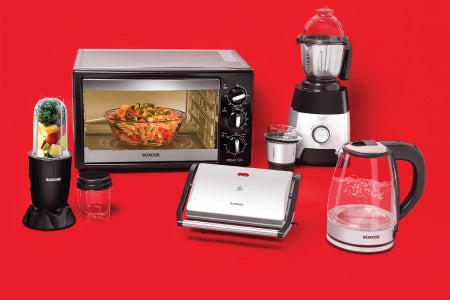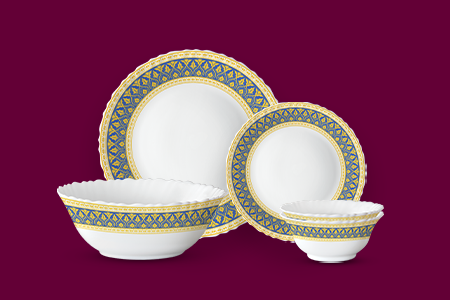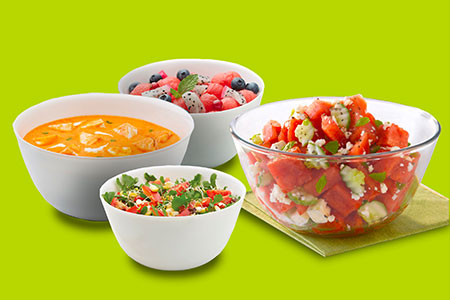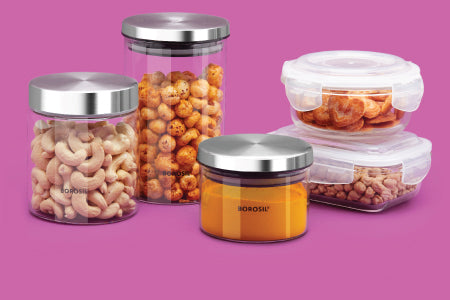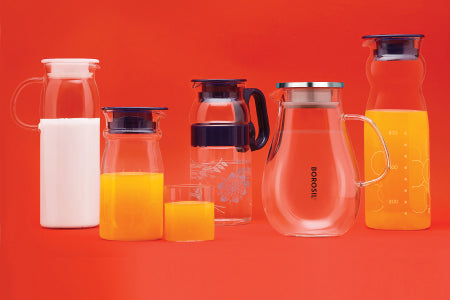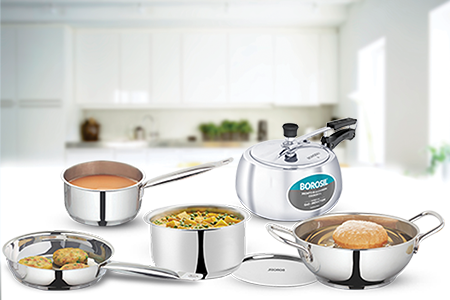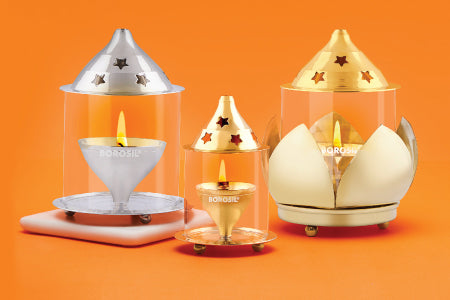
Authentic Dosa Recipe
From Batter to Bliss: The Ideal Dosa Recipe
When it comes to South Indian cuisine, dosas stand out as a true crowd-pleaser. They're not just any pancakes; they represent tradition with their unique flavours and have a way of bringing people together around a table. Dosa has earned its reputation as one of South India's most beloved dishes primarily due to its simple recipe and quick cooking time. Every restaurant and hotel in South India will serve Dosa.
Dosa boasts a unique and delightful taste that combines savoury and slightly tangy flavours. The outer layer of the Dosa, which is thin and crispy, provides a mild, almost nutty taste with a delicate hint of fermentation. As you move toward the centre, you encounter a soft and airy texture, complemented by a mildly sour undertone resulting from the fermentation of the rice and lentil batter.
The temptation is undeniable; we proudly present you with the finest Dosa recipe. Crafted with meticulous care by culinary experts, this Dosa recipe aims to faithfully recreate the authentic taste of dosas right in the comfort of your own home.
Ingredients Required to Make Dosa Batter
Let's first discuss the ingredients required for the Dosa recipe.
• A 1/2 cup or 100 gms of idli rice
• Fifty grams of urad dal
• A pinch or 1/8 teaspoon of fenugreek seeds
• Two tablespoons of thick poha, which is flattened rice
• 1.5 cups of water to be used for soaking both rice and lentils
• 3/4 cup of water for the grinding process; adjust as needed
• 1/2 teaspoon of salt
• Use oil as required for cooking
Dosa ki Recipe
Here's a simple Dosa recipe.
Soaking Rice and Lentils:
→ Take 1/2 cup of idli rice or any regular rice and 1/2 cup of regular rice.
→ Add 1/4 cup of urad dal and a pinch (about 1/8 teaspoon) of fenugreek seeds (methi).
→ Rinse these rice, lentils, and fenugreek seeds together several times.
→ Take 2 tablespoons of thick poha (flattened rice) in a separate bowl.
→ Rinse the poha once or twice in water and add it to the bowl with the rinsed rice, lentils, and fenugreek seeds.
→ Pour in 1.5 cups of water, mix everything, cover with a lid, and let it soak for 4 to 5 hours in a bowl or Casserole.
Making Dosa Batter:
→ After soaking, drain all the water and put the soaked ingredients into a mixer grinder.
→ Add 2/3 to 3/4 cup of water and blend until you have a fine, grainy batter. A smooth batter is fine, too. Depending on your blender's capacity, you might need to do this in two batches.
→ Transfer the batter to a large bowl or a handy casserole. If it's too thin, you can thicken it by adding a few tablespoons of rice flour and mixing it well.
→ Mix thoroughly with 1/2 teaspoon of edible rock salt.
Fermenting Dosa Batter:
→ Cover the batter and let it ferment for 8 to 9 hours, depending on the temperature, climate, and altitude. In colder places or at higher altitudes, it might take up to 14 to 24 hours.
→ After fermentation, gently stir the batter. You'll notice many tiny air pockets in it. Properly fermented batter will have doubled or tripled in volume and have a light sour aroma.
Making Dosas:
→ Heat a non-stick pan and evenly spread a little (about 1/4 to 1/2 teaspoon) oil. → You can use ghee or butter for a richer taste or skip oil for a low-fat option if your pan is well seasoned.
→ Keep the heat low to low-medium to easily spread the batter. Pour about 1/4 cup of batter onto the pan and gently spread it from the centre outward.
→ Cook the Dosa on low to medium heat, covering it with a lid if needed.
→ When the base is golden and crisp, and the top is cooked, you can sprinkle a bit of oil on the edges and centre. You can also flip the Dosa and cook the top for a minute if you prefer.
→ Once the Dosa is nicely browned and fully cooked, fold it with a spatula and remove it from the pan.
→ Repeat the process for the remaining batter. Leftover batter can be stored in the fridge for 1 to 2 days or frozen for up to a week.
→ This simple recipe on how to make Dosa will serve 16 people. Additionally, → Dosa pairs wonderfully with side dishes such as sambar and chutneys made with ingredients like coconut, peanuts, onions, and tomatoes.
Expert Tips for Dosa Batter Fermentation
Here are a few tips to ferment the batter properly.
★ Consider the temperature in your city, as it plays a crucial role in the fermentation process. Warmer temperatures aid in better fermentation.
★ Ensure that the urad dal you use is fresh for optimal results.
★ Use non-iodised salt like edible rock, pink, or sea salt. Some prefer adding sugar to aid fermentation, especially during colder seasons.
★ In colder climates, place the batter bowl in a warm spot, near a heater or in a warm kitchen corner. You can also add a small amount of sugar to the batter. It can help in cold-weather fermentation. Extend the fermentation time to 14 to 24 hours for better results.
★ You can also ferment the batter in the oven. Preheat your oven to a low temperature (around 80 to 90 degrees Celsius) for 10 minutes, then turn it off and keep the batter bowl inside.
★ Add 1/4 to 1/2 teaspoon of baking soda to the batter in cold seasons to facilitate fermentation.
Conclusion
In conclusion, making dosas is not just about cooking; it's a celebration of flavours, traditions, and the joy of sharing a delicious meal. From soaking and fermenting the batter to sizzling it on a non-stick pan, every step is a labour of love that results in crispy, golden dosas that delight the senses. Therefore, utilise this Dosa recipe to prepare delicious Dosa at home and savour it with your family.
Frequently Asked Questions
1. What are the types of Dosas we can make at home?
Here are simple types of Dosas to make at home.
• Ghee Dosa
• Rava Dosa
• Masala Dosa
• Onion Dosa
• Podi Dosa
2. Is Dosa healthy to eat?
Dosa is a healthy breakfast and dinner dish in South India. It has a plant-based protein, and since it is well fermented, it is easy to digest.
3. Can I use this Dosa recipe to make any other dishes?
You can use this Dosa recipe to make other dishes like Uttapam, Paniyaram, Idli, Appam, etc.

